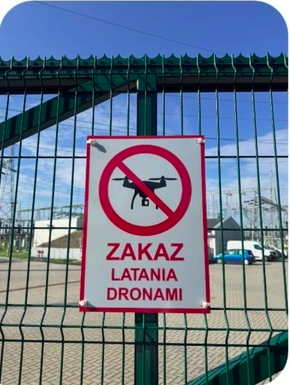... the technology has been available for roughly a decade now (the second article is from 2017).
In 2011, Iran spoofed an RQ-170 Sentinel drone into landing in Iranian territory. Until that incident, the drone was unknown, and represented the pinnacle of American stealth and drone engineering. Its capture gave Iran a huge boost in the development of its indigenous drone industry.
So if Iran could do it in 2011, then Ukraine can certainly do it in 2025.
I'm curious about the technical aspect of it, how it's done and what is possible and what isn't in these types of operations
1) Easiest - exploit the command link. Most small drones used in this war, rely on radio links for operator control. If you identify the frequency and protocol used, then break or bypass the encryption - you can inject your own commands.
This is super easy to do with the consumer grade drones used, from companies like DJI - because they use standard and lightly protected links. That's why tens of thousands of these drones are hacked monthly on the frontlines.
Both the Russians and Ukrainians upgrade these drones to encrypted frequency hopping control channels, and this helps, but they are still hackable.
In any case, this does not apply to this recent case in Poland.
2) Harder - GPS spoofing. Larger drones, like the one used in Poland, don't just rely on stick controls, but have autopilots keyed to GPS/GLONASS. By spoofing GPS signals, you can make the drone think it's somewhere else. Instead of realizing it's in Poland, you can make it think it's still making its way westwards toward Lvov.
If you combine spoofing with a loss of data link (by jamming the control channels), the drone may switch into a fail safe mode where it will be even easier to fool.
3) The hardest - This would be some more Israel-level business, involving hacking into Russia's actual ground infrastructure. It could mean inserting malware into the maintenance or mission planning software. Hacking into ground control software. Maybe even exploiting a poorly secured satellite uplink.
In true Israeli fashion - they could have maybe inserted agents at the factory level, who implemented back doors in the software. This seems a bit fantastical, however.
-//-
Finally - it could be as banal as a Ukrainian double agent, quietly sabotaging missions by inserting malicious code. No need to over complicate something, when it just as easily could have been done through some good old fashioned human sneakery.


